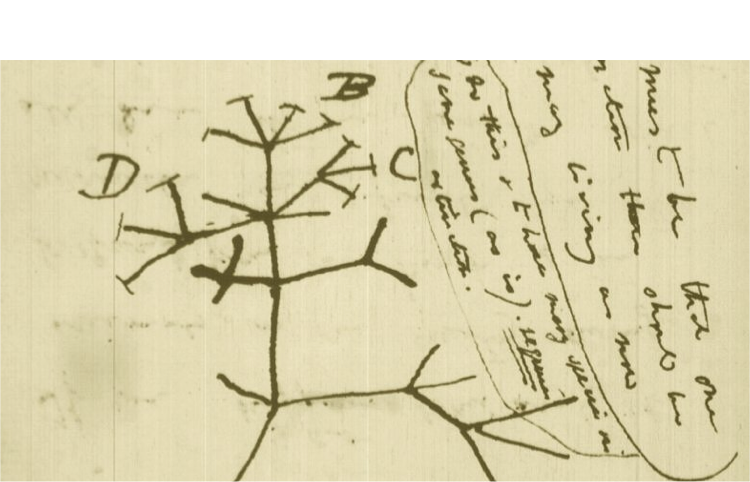Find below more about my research interests, which include: Bioinformatics; Virology; Molecular Evolution; Genomics; and Epidemiology.
Bioinformatics
By associating Computer Sciences and Biological Sciences, Bioinformatics gives biologists the ability to integrate and extract hidden meanings from large amounts of data available in public databases. Using computer programming (mainly in Python), I develop and apply computational tools to integrate and analyse several types of biological data, such as: DNA and protein sequences, protein domain archtechtures, protein structures, taxonomic and phylogenetic information.
Virology
Despite their small size and apparent simplicity, viruses cause major impacts on human health, agriculture and livestock. Almost 100 distinct viral families have been discovered so far, each of them showing its particular biological features: genetic material, genome size, host range, etc. Before Bioinformatics, came Virology: I have experience on cell culture, viral amplification, and viral DNA extraction and analysis. I have been studying viruses over the past nine years, especially those from the families Baculoviridae, Herpesviridae and Flaviviridae.
Epidemiology
Preventing and controling infectious diseases requires knowing their distribution and determinants. With the drop in sequencing costs, the use of genomics to learn how, where and when viral outbreaks take place has become common. During my Postdoc at the Yale School of Public Health I studied viral outbreaks using genetic, geographic and epidemiologic data. The main focus of my research has been on arboviruses like dengue, Zika, and West Nile virus, and more recently on coronaviruses, studying the epidemiology of the causative agent of COVID-19, the virus SARS-CoV-2.
Phylogenetics and Molecular Evolution
By using methods of phylogenetic inference one can study how changes in sequence composition shape the evolutionary history and define the biological relationships of organisms. I am passionate by evolutionary biology, and I have been studying Molecular Evolution and Phylogenetics for at least 7 years. In my PhD research I applied multiple phylogenetic methods to: infer phylogenies (using Maximum Likelihood and Bayesian analysis); perform tree reconciliations (co-phylogenetic analysis); and reconstruct ancestral sequences.
Genomics
As the sequencing costs drop, the amount of data of a sequecing project requires a combination of multiple approaches to provide meaning to the fragments of DNA/RNA sequences. Among such approaches are sequence alignment and assembly, comparative genomics, annotation and data visualization. During my MSc research I was in charge of a high-throughput sequencing project generating 17 distinct genomes of a large dsDNA virus species (baculovirus, ~130,000 bp each). I carried out the experiments and performed the genome assemblies, annotations and further analyses.




